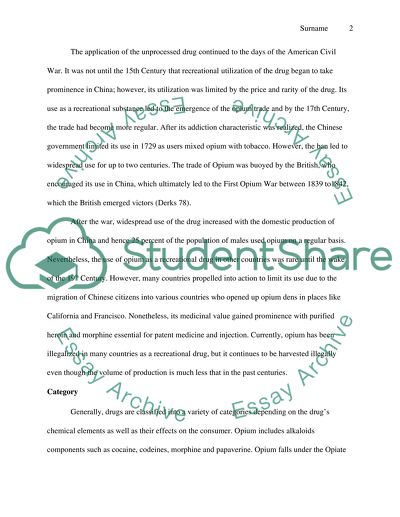Cite this document
(“Opium Term Paper Example | Topics and Well Written Essays - 1250 words”, n.d.)
Opium Term Paper Example | Topics and Well Written Essays - 1250 words. Retrieved from https://studentshare.org/psychology/1645618-opium
Opium Term Paper Example | Topics and Well Written Essays - 1250 words. Retrieved from https://studentshare.org/psychology/1645618-opium
(Opium Term Paper Example | Topics and Well Written Essays - 1250 Words)
Opium Term Paper Example | Topics and Well Written Essays - 1250 Words. https://studentshare.org/psychology/1645618-opium.
Opium Term Paper Example | Topics and Well Written Essays - 1250 Words. https://studentshare.org/psychology/1645618-opium.
“Opium Term Paper Example | Topics and Well Written Essays - 1250 Words”, n.d. https://studentshare.org/psychology/1645618-opium.


